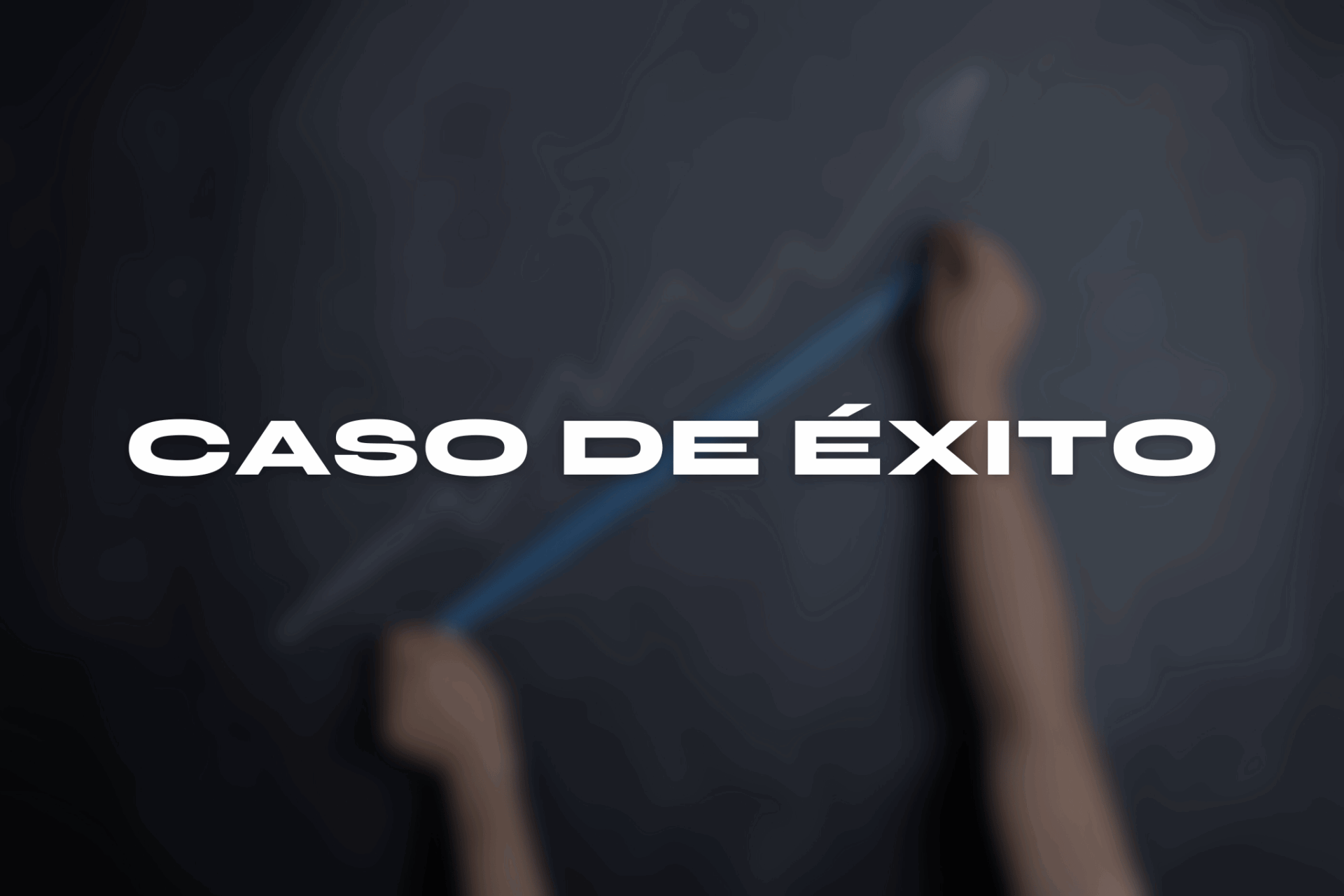In web application development, it is crucial to be able to efficiently handle user interaction with the interface. Vue.js, one of the most popular frameworks for building user interfaces, offers a wide range of directives that allow us to control the behavior of our HTML elements and respond to specific events. One of these key directives is v-on.
Table of Contents
ToggleWhat is V-on directive in Vue.js?
In Vue.js, v-on is a board specialized in event management. This directive allows us to listen to events from the DOM and execute JavaScript code when those events occur. In other words, it allows us to bind methods or expressions to specific events in our HTML elements.
The basic syntax of v-on it is simple. We simply add the directive to an HTML element followed by a tag indicating the event we want to listen to. For example:
In this case, we have used the directive v-on with the event click to bind the method showMessage to a button. When the user clicks the button, the code associated with the method will be executed showMessage.
Using the V-on directive to handle events in Vue.js
Directive v-on offers a wide variety of options for handling events in Vue.js. Some of the most used options are:
1. Methods in the component:
We can directly bind methods defined in our component to specific events. For example:
methods: { showMessage() { alert('Hello from Vue.js!'); } }Then we can use the directive v-on to associate this method with the event click, as shown in the example above.
2. Expressions:
In addition to binding methods, we can also use expressions directly in the directive v-on. For example:
In this case, every time the user clicks the button, the counter value will be incremented by 1.
3. Event modifiers:
Vue.js also allows us to use event modifiers to customize its behavior. For example, we can use the modifier .prevent to prevent a link's default event from firing. This is especially useful when working with forms:
In this case, the method send form will be executed when the user tries to submit the form, but page reload will be prevented by using the modifier .prevent.
Conclusion
Directive v-on Vue.js is a powerful tool to handle events and control user interaction in our applications. Whether we need to execute custom methods, use expressions, or apply event modifiers, Vue.js gives us the flexibility to create interactive and dynamic user experiences.
At NelkoDev, we offer tutorials and resources related to Vue.js and other web development topics. If you want to deepen your knowledge in these technologies, be sure to visit our website, where you will find a variety of educational content and practical examples.
Frequently asked questions
Can I use v-on directives on any HTML element?
Yes, you can use the v-on directive on any HTML element that supports events, such as buttons, links, forms, etc.
How can I pass arguments to a method using v-on?
You can pass arguments to a method using the square brackets [] syntax and the event object. For example: v-on:click="myMethod(argument, $event)".
Is it possible to use v-on to listen to custom events?
Yes, Vue.js allows us to define and listen to custom events using the v-on directive.






